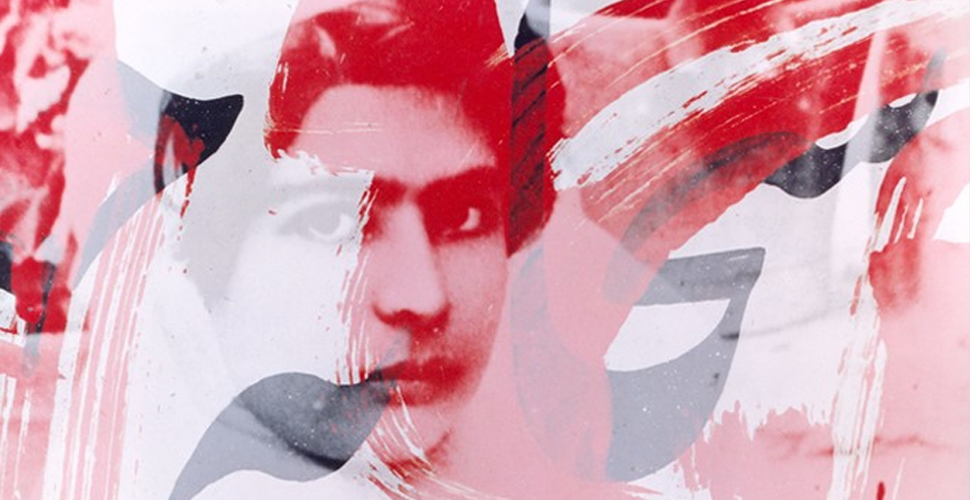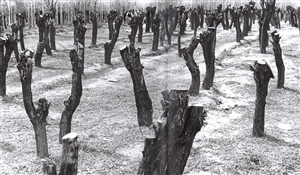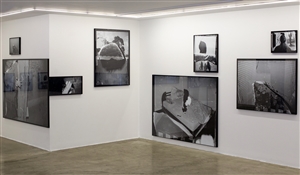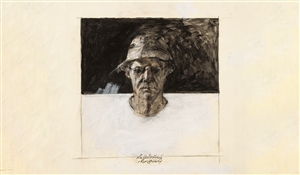A Note on the Bahman Jalali's "Image of Imagination" Series
28 Oct 2021Bahman Jalali: Conflict between harmonious and disharmonious
Since the sixties, several artists such as Ahmad Aali have made innovative and pioneering efforts in Iranian photography, however, events of the Iraq-Iran war and the Iranian Revolution accrediting documentary photography reinforced the window-like view toward photography and trained photographers who regarded this medium as a tool for capturing reality, rather than revising and renovating it and Iranian photography is still affected by this particular point of view. Bahman Jalali, however, was perhaps an exception. Like many of his contemporaries, he had established himself as a documentary photographer, photographing the revolution and the war; yet in the last decade of his career, he took a whole new approach.

Bahman Jalali | Image of Imagination 2000-2008 | Archival Digital Pigment Print | 80 × 80 cm | The intellectual property rights of the image belong to Rana Javadi.
The "Image of Imagination" series is presumably a turning point in Bahman Jalali's career. He who he had previously involved himself in researching, recovering, and restoring the old glass plate negatives of Golestan Palace, got inspired by photographs from Qajar's period and the "The Pictures Generation" artists and started using the pre-existing photos to create his artworks. The "Image of Imagination: Red" is a continuation of this path. Splashed red resembles the outburst of emotions by the Abstract Expressionist painters after the Second World War, incomplete Nastaliq letters evoking calligraphy and alluding to the relation between image and literature in the history of Iranian painting and a photograph of a woman playing the Tar, which is a familiar image in the Iranian collective memory, have formed a complex yet harmonic conflict.
The texts on the work are indeed taken from the Chehrenama photography studio, which was attacked during the 1979 revolution. The protesters, who may have been protesting against photographs unfavorable to their principles- photographs of women- wrote: " Death to the King" in a distorted red on this photo.
By combining a fragment of the event with old photographs from Iranian women, together with inflaming redness of prejudice on the seemingly tranquil image, Jalali goes beyond capturing reality and the inevitable adjustment to power. And by revising the reality of the photo and deconstructing it, he reveals the hidden historical-cultural duality about Iranian women's picture: the duality of poeticness and prejudice, the conflict between harmonious and disharmonious.






